
Biden enlists ranchers, tribes (and land trusts) to conserve 30% of land and water
The Biden administration is unveiling a plan to conserve 30% of U.S. lands and waters by the end of the decade, a top priority for environmentalists who see the initiative as a way to fight climate change and safeguard species on the brink of extinction.
“The conservation value of a particular place should not be measured solely in biological terms, but also by its capacity to purify drinking water, to cool the air for a nearby neighborhood,” or “to provide a safe outdoor escape for a community that is park-deprived,” the report says.

How to have your solar farm and keep your regular farm, too
You may appreciate this short news clip from NPR
Clean, abundant solar power comes with a price. It requires lots of land, and in some places that’s provoking opposition from people who want to preserve farmland.
In southern New Jersey, for instance, a company called Dakota Power Partners wants to build an 800-acre solar power station, and the Pilesgrove Township planning board is hearing from local citizens who don’t like it one bit…
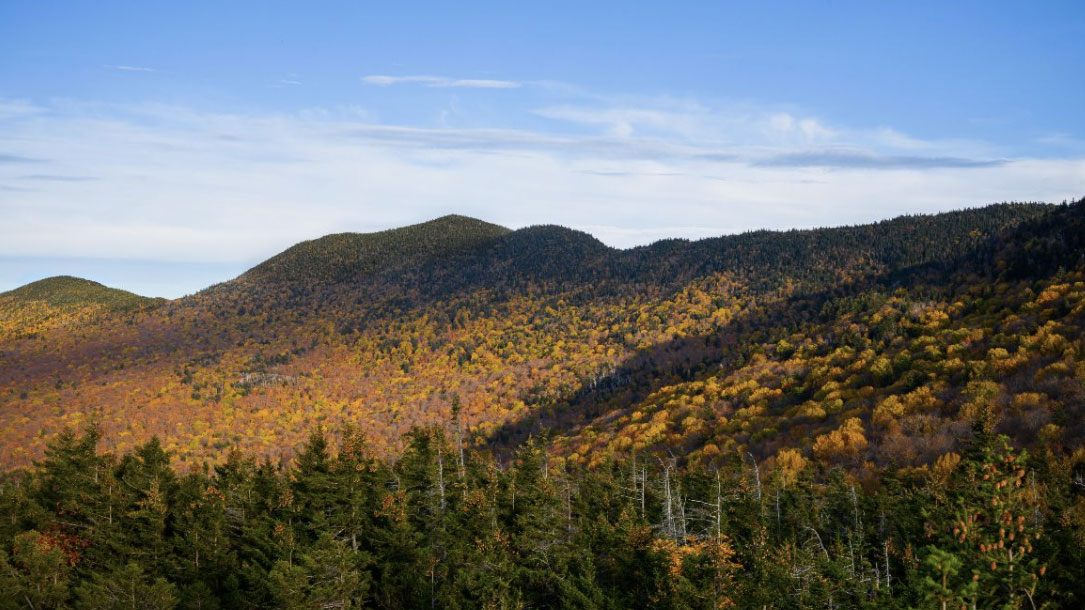
How the climate crisis and pests are impacting four tree species in Vermont’s woods
The human-induced climate crisis — compounded by global trade patterns that invite non-native pests — may present the greatest challenge to forest management yet. Vermont is becoming warmer and wetter, creating conditions that benefit insects and diseases capable of wiping out a species.
While a single threat might not be enough to bring down a tree, compounding pressures can. Less-than-ideal soil conditions, for example, might stress a tree but not kill it. But that stress could make the tree more vulnerable to an insect, drought, or herd of browsing deer…
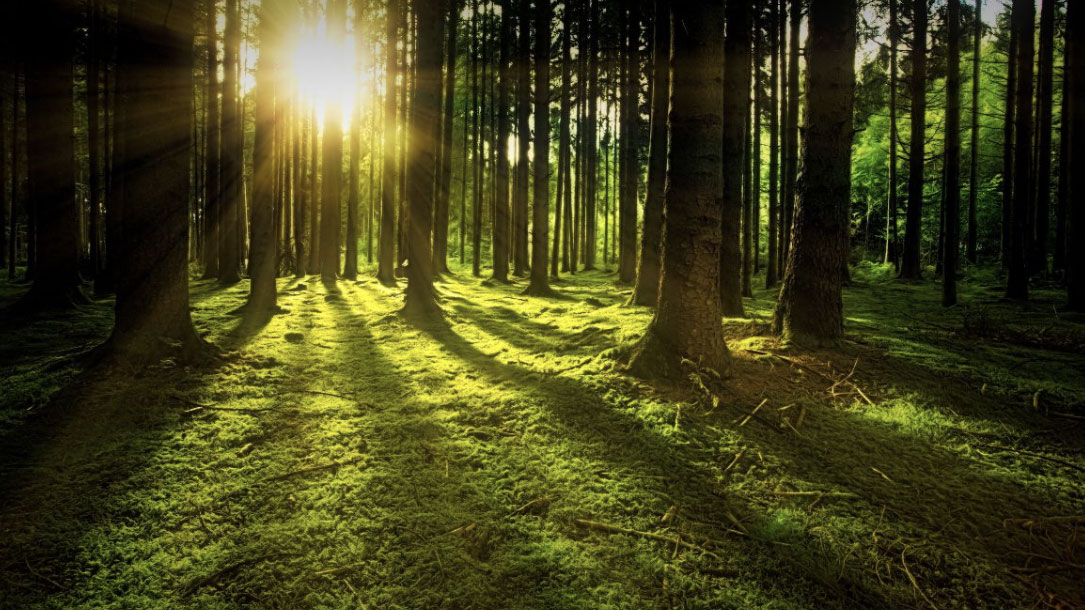
The biggest trees capture the most carbon — large trees dominate carbon storage in forests
Older, large-diameter trees have been shown to store disproportionally massive amounts of carbon compared to smaller trees, highlighting their importance in mitigating climate change, according to a new study in Frontiers in Forests and Global Change.
Researchers examined the aboveground carbon storage of large-diameter trees (≥ 21 inches or ≥ 53.3 cm) on National Forest lands within Oregon and Washington. They found that despite only accounting for 3% of the total number of trees on the studied plots, large trees stored 42% of the total aboveground carbon within these forest ecosystems…

Fires are keeping Arctic forest growth from offsetting CO2 release
Climate change is causing the Arctic to get greener, but those thicker forests will not help battle climate change as well as was hoped, a new study says.
Scientists believed that although the warming atmosphere is melting Arctic ice and permafrost, and therefore releasing sequestered carbon dioxide, the warmer temperatures could spur more plant growth in the same area that might be able to offset the CO2 releases…

Changes in migratory bird patterns likely caused by climate change, study finds
Flowering plants are blooming earlier as a result of climate change, which shifts relationships between birds and their food sources.
Ruby-throated hummingbirds, for example, are arriving at breeding grounds at a different time than the blooming of their traditional food sources. Studies show that hummingbirds are arriving earlier at their breeding grounds than in the early 1900s.
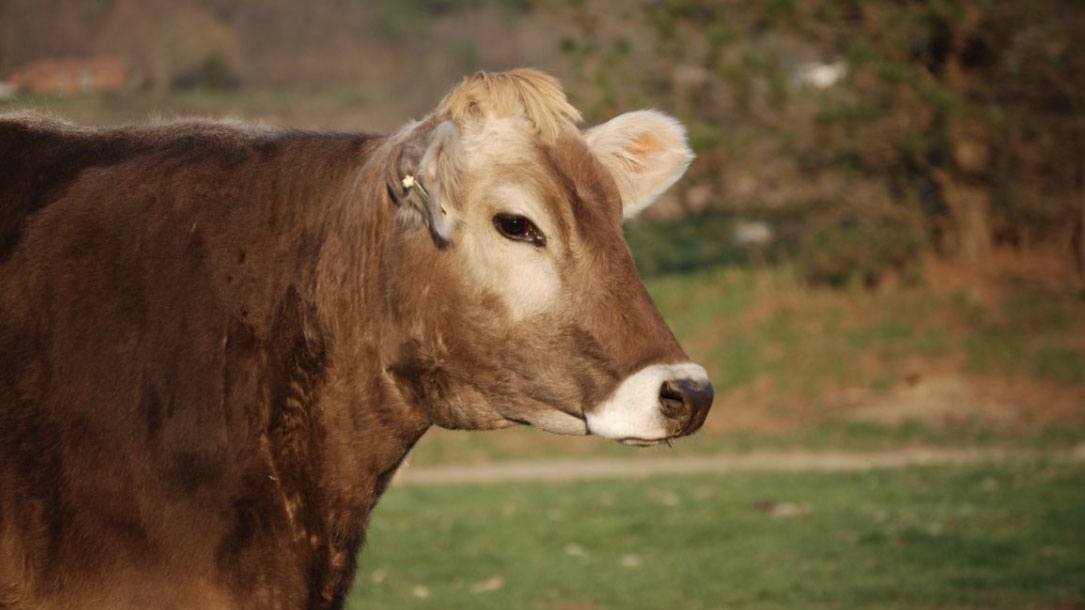
She’s driven by soil health and pasture management
Looking out over the tidy farmstead in a valley below, Franceus talks about the ranch. Her parents bought the land in the early 1960s. “My mom sold a quarter of land in Illinois in order to purchase this place,” she says.
“It was predominantly covered in native grasses. My dad planted a pasture to crested wheat grass so that it would have some cool-season grasses for grazing. And now years later we are predominantly brome and bluegrass, which are cool-season grasses. Our biggest conservation challenge now is limiting the invasive cool-season grasses — the introduced species — and try and bring back the native grasses.”
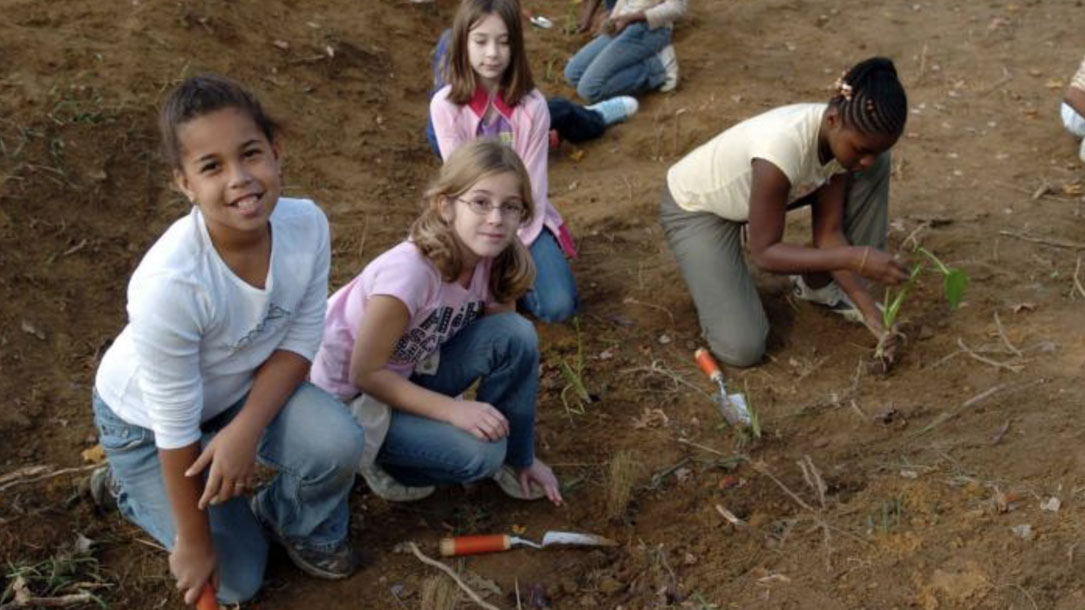
Report: Conserving and Restoring America the Beautiful
“A preliminary report to the National Climate Task Force recommending a ten-year, locally led campaign to conserve and protect the lands and waters upon which we all depend, and that bind us together as Americans.”
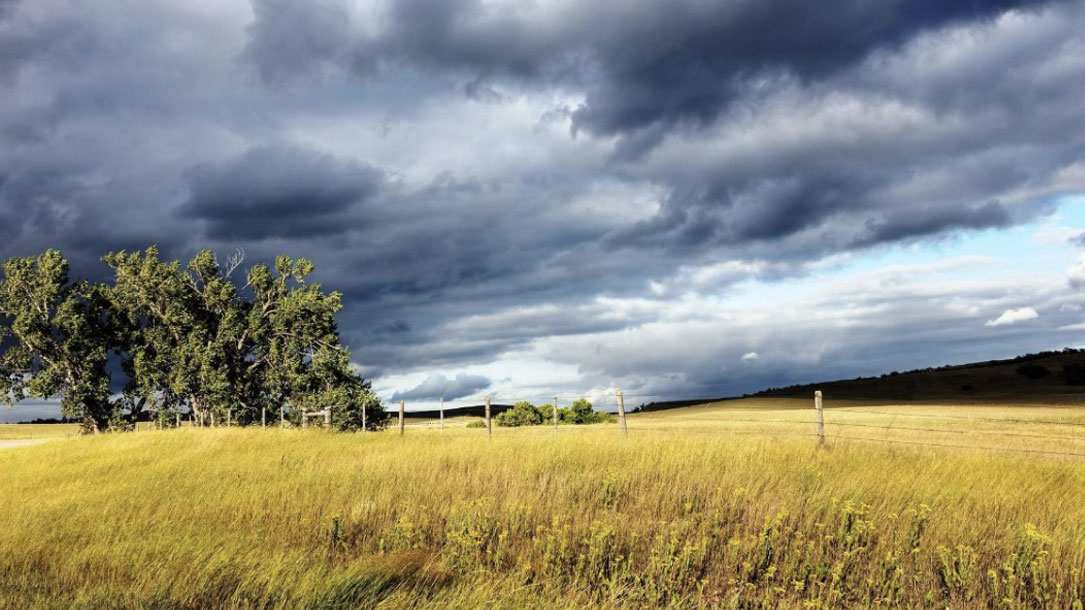
Natural climate solutions: We are at a tipping point for the planet
“We need to reach net zero greenhouse gas emissions by mid-century to keep global temperature increases under 2°C. While most efforts toward this goal have been focused on reducing fossil fuel use, new science shows that natural climate solutions—based on the conservation, restoration and management of forests, grasslands and wetlands—can deliver up to a third of the emission reductions needed by 2030…”
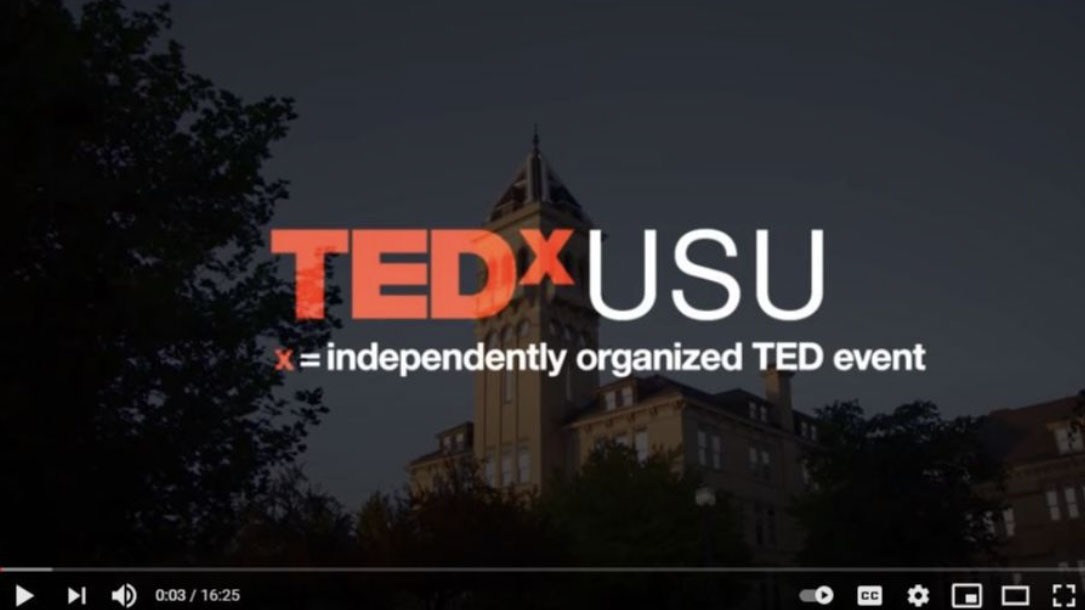
TED Talk: Redefining climate change denial
By recognizing the passive forms of climate change denial in our everyday lives, we enable ourselves to move past them and begin working towards climate solutions each day. Patrick Belmont has some very interesting observations about different kinds of deniers.
Belmont is a dad and river scientist with a rapidly shrinking carbon footprint. He talks about climate change in real terms, and real impacts, including ecosystems, national security, and human suffering. When you listen, you will hear about equity, planting trees, and the urgency of time, and what we can do about it.












